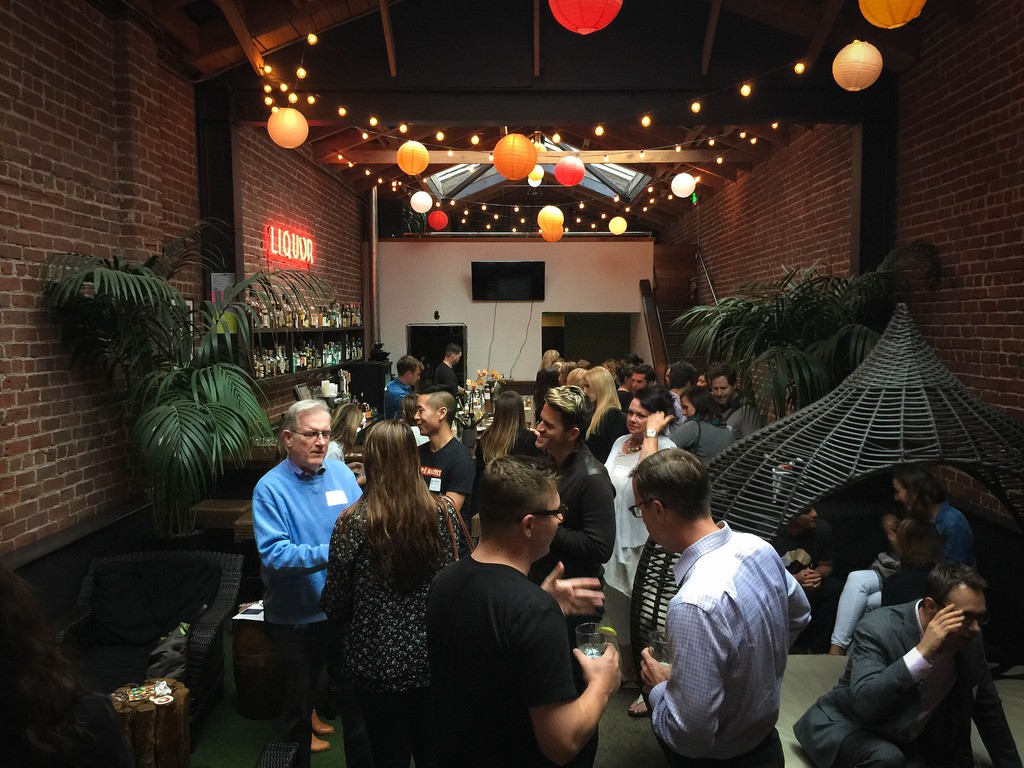Category creation is one of the highest risk/reward plays in business. It can help your business stand out in the crowded software market by avoiding the crowded paths, it can help you create rabid evangelists for whom you’re the first company to truly see them, and it can help you access new budget instead of fighting to get a company to switch software providers.
The challenge, then, is that category creation involves creation. You’re inventing a category from, essentially, nothing. With this comes the risk that nobody buys in and that there’s not enough activity to sustain your business and the category.
This is why community is an essential ingredient for category creators.
The three strengths of community are scale, passion, and perspective. These strengths neatly address two needs for getting traction for your new category:
1) Creating and Building Excitement
It’s much easier to get excited in a group than alone. Putting like-minded people in a room together to discuss their category is a surefire way to get them hyped up and excited to contribute to the ecosystem.
Community can also be a great way to get these early category adopters to collaborate to create content, events, best practices, etc that help promote and legitimize your category. You writing on your blog about a category feels far less legitimate than dozens of community members doing the same.
And empowering your community to go represent the category far and wide gives you scale you cannot normally reach as a small category creator. Only a community-driven meetup program, for example, can regularly reach 15 cities with only one community program manager.
2) Preventing Category Despair
As exciting as a new category can be, it can also be lonely. You’re often the only person at your company with the title or responsibilities. There are few jobs out there. There’s not much content to tell you how to do your job or if you’re doing it right. And all of this can drive loneliness and despair in your early category adopters. Take it from me: I’ve been in the community industry since it was maybe 50 people worldwide, and seen the majority of my original cohort move into other roles. There are many times I questioned if I was on a dead-end path.
Community is the most effective way to create a support network for these members of your newfound category. Meetups help people not feel alone. Forums and chat channels allow them to get instant feedback on their work. And job boards give them a centralized place to see their options and feel optimistic about the industry.
Case Studies
Gainsight
Today, Gainsight serves 20,000+ customer success professionals out of a market of 300,000. But back in 2013, “there were literally a whopping 1000 people in the profession worldwide”, according to CEO Nick Mehta. This presented a problem. “Our business was building software for those people. So we could never build a big company if the job itself didn’t grow.” So they began building community. They started with a meetup series and grew into a conference that now hosts many thousands of this market, which all started with a little human connection. “We would host these like these little happy hours and they would leave these events and say ‘Gosh, like I feel a little less alone. I guess I’m not the only one going through this. I feel more validated.’”

Product Hunt
Product Hunt feels obvious today, but 15 years ago the idea that people would hang out on a site upvoting and discussing new startup products and inventions probably seemed…nerdy. Not something that would eventually drive millions of visitors a month. And it all started with community. Founder Ryan Hoover couldn’t do it alone would personally email founders with advice and connect them with other founders, creating a tight-knit group. He would ask founders featured on Product Hunt to create content about their experience, lending the site legitimacy and buzz. And eventually, they gave members ownership over hosting events. The effect? Product Hunt was able to scale and become the centerpiece of the intellectual builder category. “When people ask ‘How did you guys meet?,’ for the rest of their lives, our community members who meet at our events will say ‘Through Product Hunt,’” said member of the founding team Erik Torenberg. “People may forget an email exchange, but they are unlikely to forget meeting like-minded community members in person.”

Culture Amp
“Culture” is a word that, until a decade ago, tended to be primarily used in academic circles and by TV pundits complaining about the state of our society. But in recent years, the word has come to be closely associated with how a company operates. And that was in no small part due to Culture Amp helping create the culture category. Head of Community Damon Klotz leaned into the fact that culture fanatics were a niche and geeky minority, choosing to name their community “People Geeks” with the goal of “building something that makes Culture Amp part of the conversation on the changing nature of the HR profession and world of work.”. Today their community has over 20,000 active members and they have 95 chapters around the world run by community members. And notably, activity around the phrase “company culture” has grown 150% according to Google Trends.

How Category Creators Should Tackle Community
Hire an Expert Community Strategist
It can be very tempting to try to go cheap and hire an enthusiastic community member to build a community. But enthusiasm does not a community make. There are many highly experienced community builders in the market who know how to quickly and effectively build and scale a community. Spend the money; it’ll be worth it.
Hire Community Members onto the Community Team
That’s not to knock hiring community members! Their passion and connection to the community can be highly valuable in a community engagement specialist role, and they will go faster and farther than someone who is not invested in the category.
Let Go, and Empower Your Community
The more freedom you give your community, the more they’ll do. An empowered community can host events, create content, do interviews, organize projects, write code, and more. A highly-controlled community will have more consistent results, but a whole lot less passion. It’s a spectrum (you certainly don’t want your community members out spraypainting cop cars with your category slogan), but you should err on the side of empowering them and getting out of their way.
Measure Business Outcomes, But Also Enthusiasm and Adoption
I am the first community builder in the room to say “what is the business outcome?”, and that certainly applies here as well. Just because communities are about feelings doesn’t mean you can’t measure the leads they bring in the door, the retention they drive, and the costs they defray. But with category creation, you’re trying to build and grow a vibe, so I also recommend measuring softer indicators, like enthusiasm within the category and adoption of category terms in resumes, job descriptions, conferences, etc.
Category creation is a bold endeavor to take on, but with a community hyping it up, you’ll give yourself a distinct advantage.